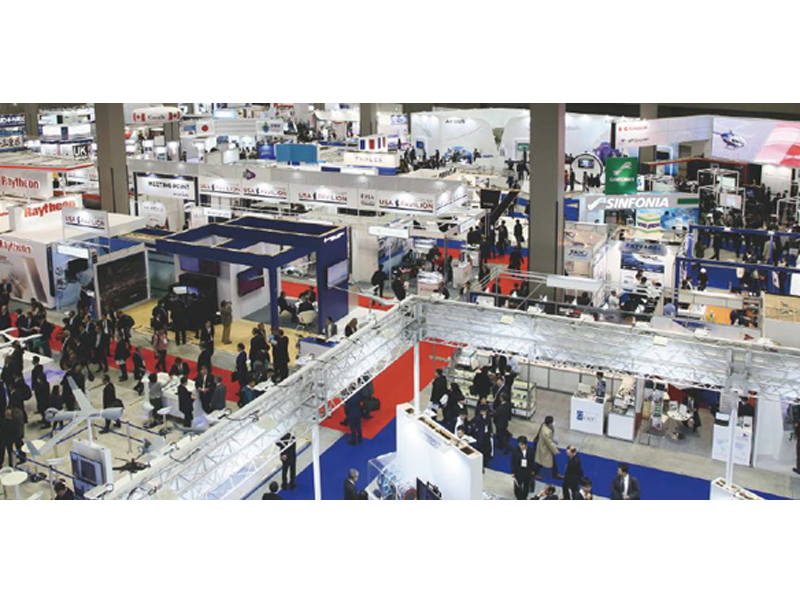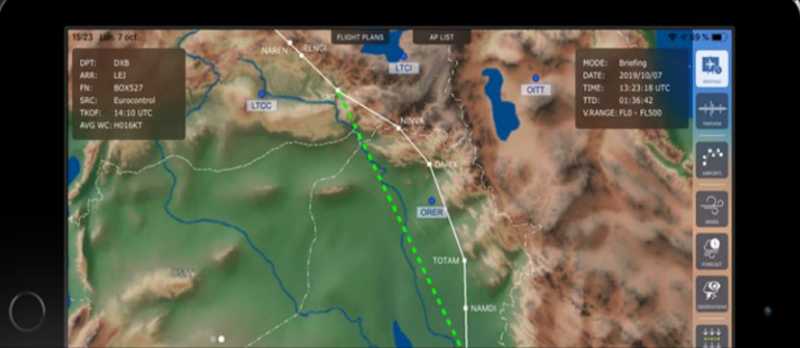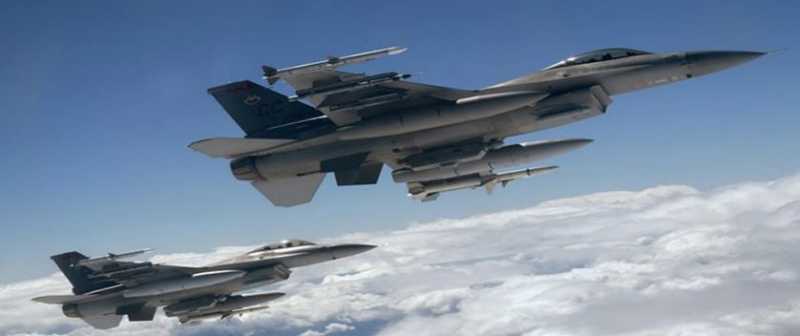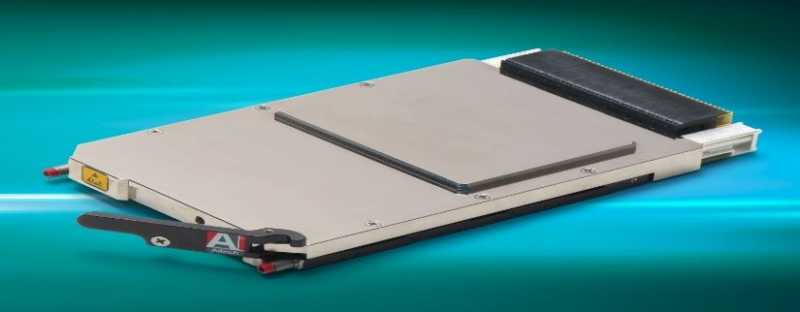
NASA’s Sustainable Flight Demonstrator (SFD) project has achieved a critical milestone in its mission to develop more fuel-efficient and sustainable aircraft. The project recently completed a crucial phase of wind tunnel tests using a model of the X-66, an experimental aircraft designed to revolutionize aviation with a novel wing structure.
The X-66 features a transonic truss-braced wing design, which incorporates exceptionally long wings supported by diagonal struts. This innovative configuration is expected to enhance the aircraft’s fuel efficiency, making it a promising solution for sustainable flight. However, before the full-size demonstrator of the X-66 can take to the skies, NASA’s team must conduct extensive testing using smaller models of the aircraft.
The recent wind tunnel tests, conducted at NASA’s Langley Research Center in Hampton, Virginia, focused on validating the aerodynamics of the X-66’s unique wing design. The team placed a nearly 6-foot wingspan model of the aircraft into the agency’s 12-Foot Low-Speed Wind Tunnel, where they captured key measurements of forces such as lift and drag across various aerodynamic configurations and flight conditions.
These tests will provide essential data to inform potential design adjustments and ensure that the aircraft’s configuration is optimized for future high-speed wind tunnel tests. The data collected will also guide the next steps in the development process, ensuring that the aircraft design meets the necessary performance criteria for the next phase of testing.
NASA’s SFD project is part of its broader effort to develop more efficient airframes and promote sustainable aviation. By focusing on improving the design of single-aisle airliners, which are the most common type of aircraft in commercial fleets, the project aims to support the aviation industry’s transition to greener, more fuel-efficient technologies. Boeing is partnering with NASA to develop the experimental X-66 demonstrator, which will help inform the future of commercial aviation.
As NASA and its partners continue their work on the SFD project, the successful completion of this wind tunnel phase brings the X-66 one step closer to becoming a reality, paving the way for a more sustainable future in air travel.






